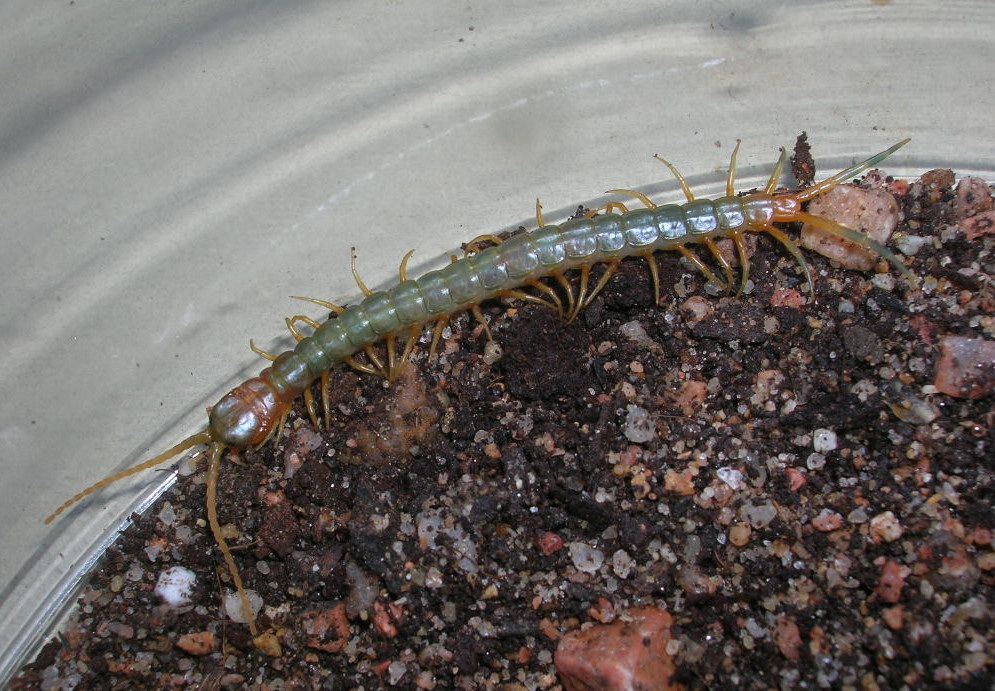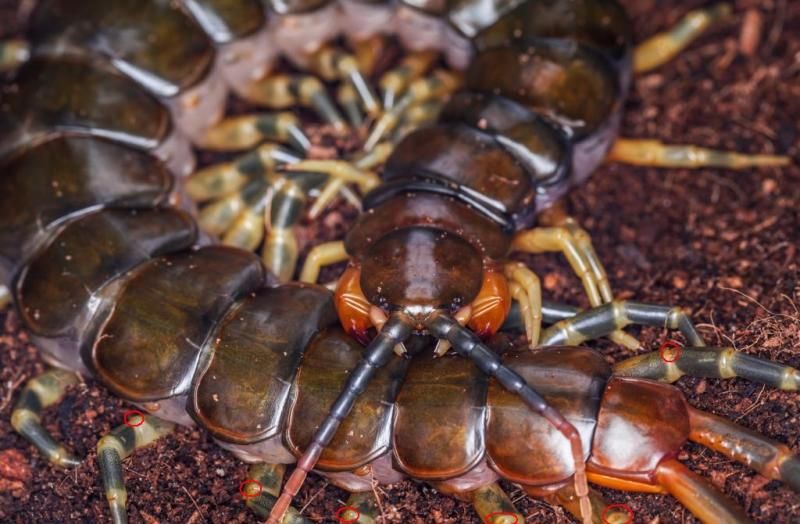Jormungand
Arachnopeon
- Joined
- Dec 13, 2013
- Messages
- 16
some of my pedes molted in this summer, and share some pics ,hope you like it
scolopendra gigantea




scolopendra galapagoensis
this one have over 30cm and is the largest pede i have ever seen

scolopendra sp "robusta"

and this is a normally color type scolopendra sp "robusta", molted in last year

thanks:sarcasm:
scolopendra gigantea




scolopendra galapagoensis
this one have over 30cm and is the largest pede i have ever seen

scolopendra sp "robusta"

and this is a normally color type scolopendra sp "robusta", molted in last year

thanks:sarcasm:






